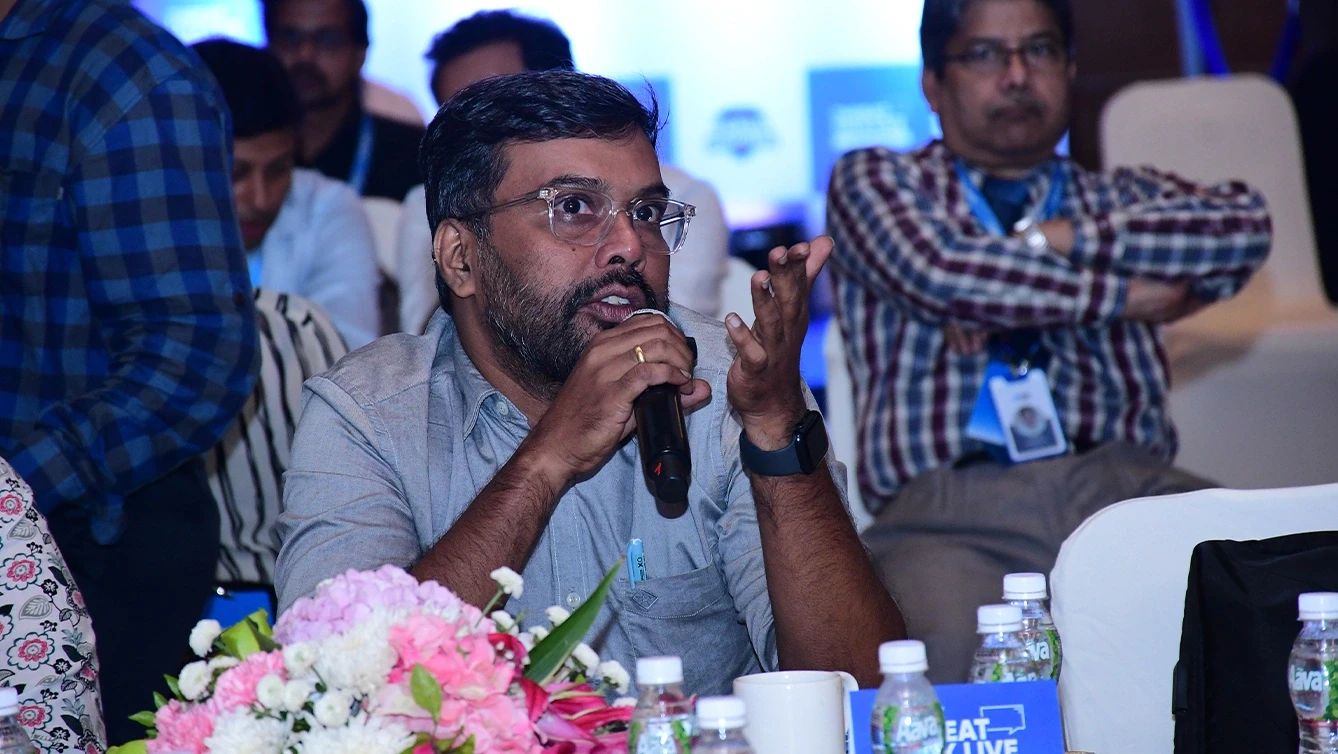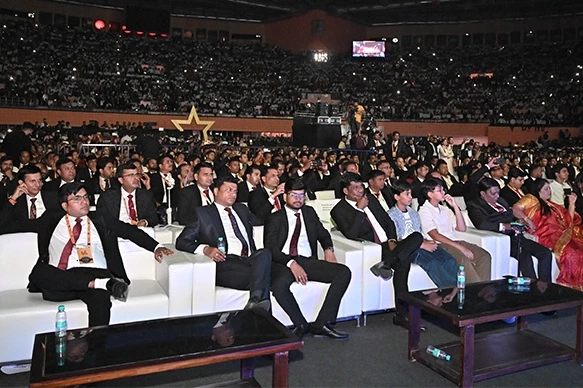For decades, the mark of a "successful corporate event" was simple: a packed house. Event planners and corporate leaders alike took immense pride in announcing the final headcount, treating a high attendance number as the ultimate proof of success. After all, a sold-out conference or a fully booked annual general meeting meant people showed up, right? But in the modern, data-driven business world, this old metric has proven to be a comforting illusion. As a leading partner in creating impactful corporate events, SKIL Events recognizes that the focus has fundamentally shifted. Today, the true measure of success is not how many people were in the room, but what business goal was achieved once they left.
The shift is from measuring input (people attending) to measuring output (strategic results). In the contemporary landscape of high-stakes investment and tight budgets, every corporate gathering, from a small internal workshop to a large MICE delegation, must justify its existence with a quantifiable return. We no longer ask, "Did everyone attend?" We now ask, "Did the event move the needle on our key business objective?" This is the core difference between a well-attended event and a truly successful corporate event.
In earlier eras, event success was often simplified to “number of registrations,” “footfall,” or “attendance rate.” That made sense when the aim was purely visibility. But in a mature corporate world, visibility is a baseline, not an outcome.
Now, companies want more. They demand that events:
Thus, modern event success is judged against strategic goals, not merely scale.
For instance, a leadership offsite may not host 500 people, but if it yields a clear action plan, better alignment among senior leaders, and measurable morale uplift, it’s far more “successful” than a larger, less meaningful gathering.
Entertainment and spectacle still have their place. But they must be in service of a broader purpose. Whether it’s a conference, product launch, or incentive trip, it needs to map to KPIs, revenue, retention, innovation, culture, or brand perception.
Especially in corporate events for team building, the focus is shifting from one-off fun to lasting transformation. Activities are designed to reflect real work challenges, not just trust falls. The impact is measured by post-event behavior change, follow-through, and sustained collaboration.
With advanced tools (apps, analytics, feedback loops), organizers can track engagement far beyond headcounts. Which sessions had high dwell time? Which breakout rooms triggered networking? Which workshops converted ideas into action? Smart corporate events planning companies embed technology to capture these insights.
For MICE corporate events, ROI is not about bringing people together; it is about connecting markets, generating pipeline, enabling cross-border deals, and building community. Hybrid models expand reach, but the strategic core still matters: what business outcome is being delivered?


SKIL Events has been building outcome-driven corporate experiences for national and global clients. Their portfolio (on their website) includes diverse formats, leadership off-sites, product launches, associations, training programs, dealer meets, and more.
Here are a few illustrative cases:
SKIL’s ability to move fluidly across formats, from internal team-building to international MICE events, demonstrates how the same philosophy of outcomes applies regardless of scale.
If attendance is no longer the north star, how should corporates (and event planners) approach event design? Here’s a blueprint:
Start with business goals: revenue, retention, alignment, learning, pipeline, brand impact. Choose 2–3 clear priorities. For instance: “Enable 20 qualified leads among C-level participants” or “Generate 3 cross-functional innovation ideas to pilot.”
Every element from the agenda, format, content, networking, and gamification should serve your objective. Skip filler sessions just for “time-killing.”
Use real-time tools — mobile event apps, live polling, feedback surveys, and session analytics. Monitor engagement, sentiment, conversions.
Events should conclude with clarity: who is doing what next? Use dashboards, post-event communications, and working groups to keep momentum alive.
A corporate events planning company must bring not just logistics muscle but strategic insight, creativity, and data-driven design. A vendor who treats your event as a marketing exercise, not merely a production, becomes a true partner.
The days of relying on an impressive attendance figure to justify an event are fading fast. The future of successful corporate events lies in their power to act as catalysts for transformation. Whether it’s aligning a leadership team, launching a revolutionary product, or fostering a more collaborative culture through corporate events for team building, the measure of worth is the result it produces.
At SKIL Events, we encourage every client to look past the full registration table and focus instead on the empty boxes of their strategic to-do list that the event is designed to check off. By shifting the conversation from a count of attendees to a checklist of strategic achievements, businesses can ensure their corporate events stop being an expense on the ledger and start becoming the powerful, measurable growth engine they are truly meant to be.

